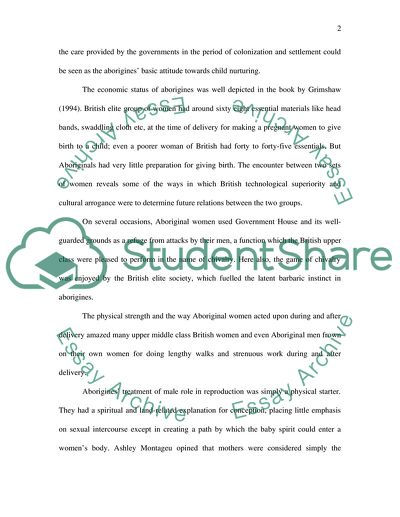Cite this document
(The Making of Australia Coursework Example | Topics and Well Written Essays - 2250 words, n.d.)
The Making of Australia Coursework Example | Topics and Well Written Essays - 2250 words. https://studentshare.org/history/1541810-the-making-of-australia
The Making of Australia Coursework Example | Topics and Well Written Essays - 2250 words. https://studentshare.org/history/1541810-the-making-of-australia
(The Making of Australia Coursework Example | Topics and Well Written Essays - 2250 Words)
The Making of Australia Coursework Example | Topics and Well Written Essays - 2250 Words. https://studentshare.org/history/1541810-the-making-of-australia.
The Making of Australia Coursework Example | Topics and Well Written Essays - 2250 Words. https://studentshare.org/history/1541810-the-making-of-australia.
“The Making of Australia Coursework Example | Topics and Well Written Essays - 2250 Words”. https://studentshare.org/history/1541810-the-making-of-australia.


